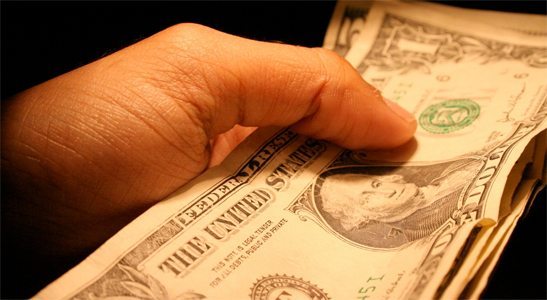One of the most common questions I get from people starting a new venture is how much should they plan to spend on marketing; and one of the biggest mistakes I see with new businesses is a tremendous amount of time and money invested in opening the doors making the new office, restaurant or retail space look great, but leaving little to no money in the budget to promote the new venture.
The reality is that whether you are a newly launched company or you’ve been around for years, you cannot expect to attract new customers without marketing.
The marketing budget
So how much should you spend? The general rule of thumb is plan on budgeting one to 10 percent of gross revenues. For newer businesses, that number should be on the higher end of the spectrum or even beyond (possibly as much as 15 percent). Then, once you’ve set a budget, you must determine how it should be allocated.
A few things to consider that will help determine what percentage you may need to budget:
- How well known is your company name, service or product?
- What are your competitors spending and where?
- Who are you trying to reach and what is the best way to reach them?
If you are a fairly unknown entity or your competitors are marketing aggressively, you may need to spend more.
The target market
Next, determining the best marketing mix for promoting your company or product requires a clear understanding of your target market in order to select the most cost effective allocation of your marketing budget.
Starbucks is clearly an established brand, and with 33 percent of the market share, it is the leader in coffee sales. Yet, compared to most leading consumer brands it spends less on traditional marketing. In 2010, the company actually doubled its spend on marketing, according an article in Advertising Age. The company spent only $97.6 million — about one percent of the coffee chain’s U.S. sales. A large portion of the company’s marketing dollars are invested in digital and social media with a focus on engaging customers in what they call, “the customer experience.”
For smaller companies with more limited budgets, Starbucks serves as an interesting example of what you can do spending less. Using Facebook and individually designed websites, such as MyStarbucksIdea, customers are encouraged to make suggestions and share ideas. For the company’s 40th anniversary, it launched MyStarbucksSignature, a website that lets customers create customized drinks.
Utilizing social media
Employing online advertising and utilizing social media can be one of the most cost-effective marketing tools available. But business owners are mistaken if they think it’s free. Social Media marketing requires an investment of time and/or money, or both. Other cost-effective marketing tools to employ include public relations, grassroots guerrilla marketing, and community outreach. Regardless of what you do, the key is consistency and repetition.
As you create your marketing plan, think about how much you can afford to invest and where you may want to spend it. Then, when you think you can’t possibly allocate 10 percent of your gross revenues, realize that if you want your company to succeed, you can’t afford not to.




